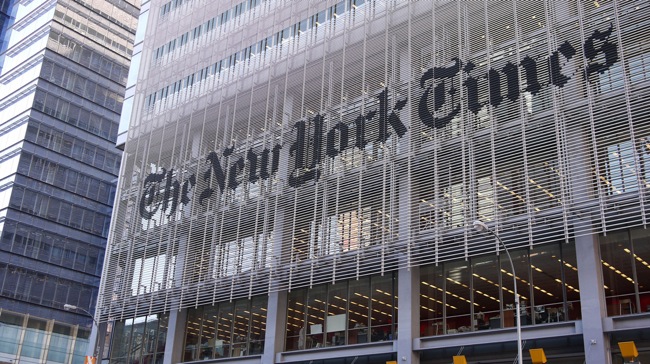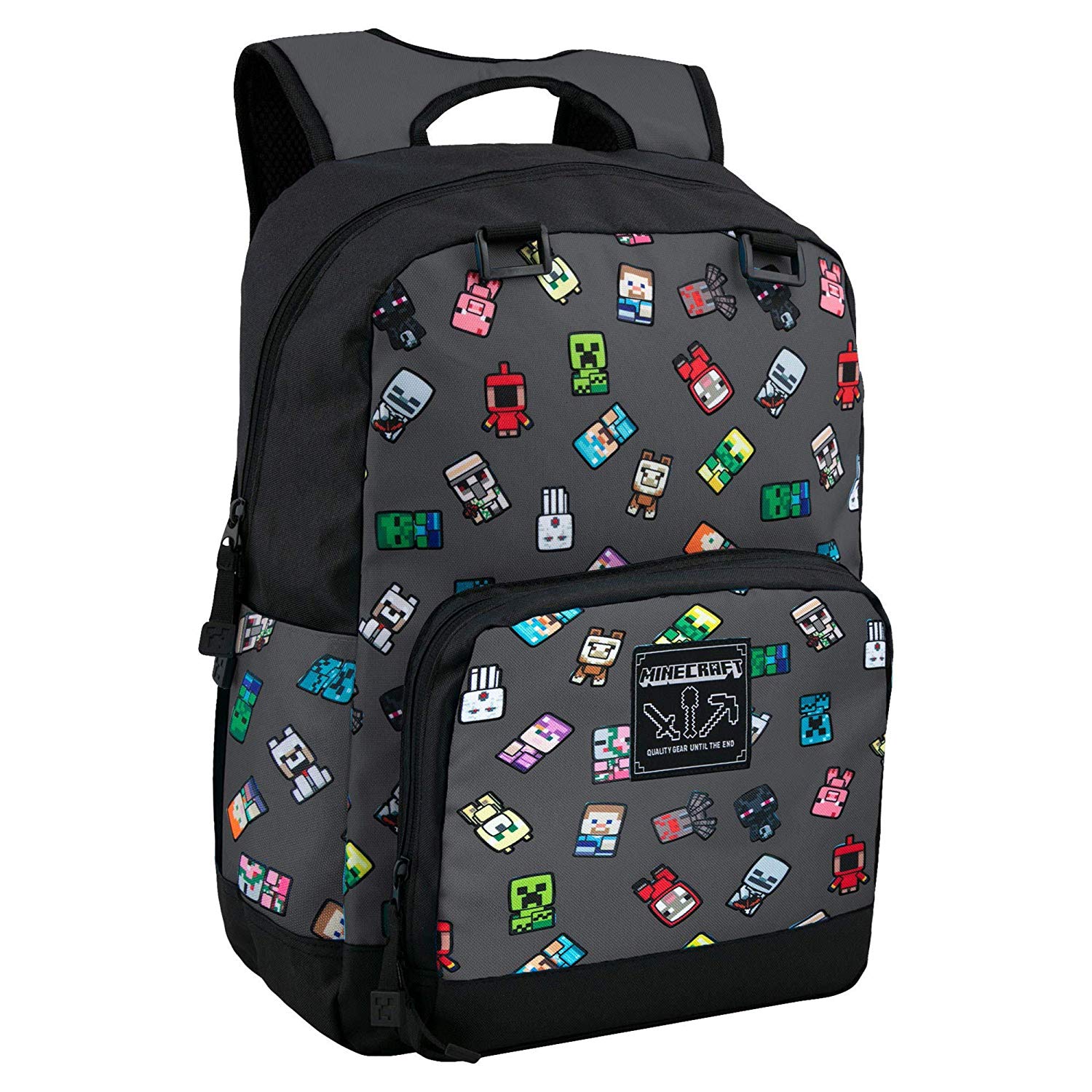September 18 marks the 160th anniversary of the first edition of the New York Times, still considered one of the world’s most authoritative newspapers, with, as the slogan goes, “All the news that’s fit to print.”
The New York Times was founded by Henry Jarvis Raymond in 1851 and was originally known as the New-York Daily Times and sold for a penny. In 1857, the name was changed to just The New York Times. The paper was published every day except Sunday.
However, the demand for coverage of the U.S. Civil War (this was long before the days of the Web and 24-hour news channels and radio, so newspapers really were the only source of news) forced them to print seven days a week.
The New York Times distinguished itself from the “yellow journalism” of people like William Randolph Hearst with sober, serious news coverage, avoiding the sensationalism and screaming headlines of the other papers, a tradition that continues to this day. Try comparing it side by side to the New York Daily News sometime.
The New York Times, however, has tended to err on the side of tradition. The paper didn’t print a color photo on the front page until 1997, and it still uses honorifics when referring to people by their last names. For example, they’ll say “Mr. Delony” instead of just “Delony” in articles.
Despite the conservative way it’s run, the paper has not been without its share of controversy. Many Americans learned what was really going on in Vietnam in the 1960s when the Times published a series of leaked Defense Department documents which became known as “The Pentagon Papers,” raising the ire of President Richard Nixon. In this way, The New York Times might be considered a precursor to Wikileaks.
Years later, it was discovered that a young reporter, Jayson Blair, was fabricating and plagiarizing stories for the paper.
Another reporter, Judith Miller, ended up in jail after she refused to give up an anonymous source in an investigation over who leaked the identity of a CIA agent.
Controversies aside, there’s still nothing quite like reading the Times. Marshall McLuhan said that people didn’t just read newspapers, they slid into them like a warm bath. And sliding into the New York Times, preferably over a hot cup of coffee and a good breakfast, is a pleasant way to pass a long morning (especially in a coffee shop). Plus, if you spill coffee on it, you’ve only lost about $6 at most, unless you’re reading it on an iPad, of course.
It may be tempting to think of the Times as an old-media dinosaur, but they were one of the first big newspapers to have a Web presence, and also one of the first to make iPhone, iPad and Android apps. You can also read it on the Kindle, of course. Why not celebrate the 150th anniversary of the “grey lady” by lingering over the New York Times and a cup of good coffee, whichever edition you choose.
Photo credit: samchills











